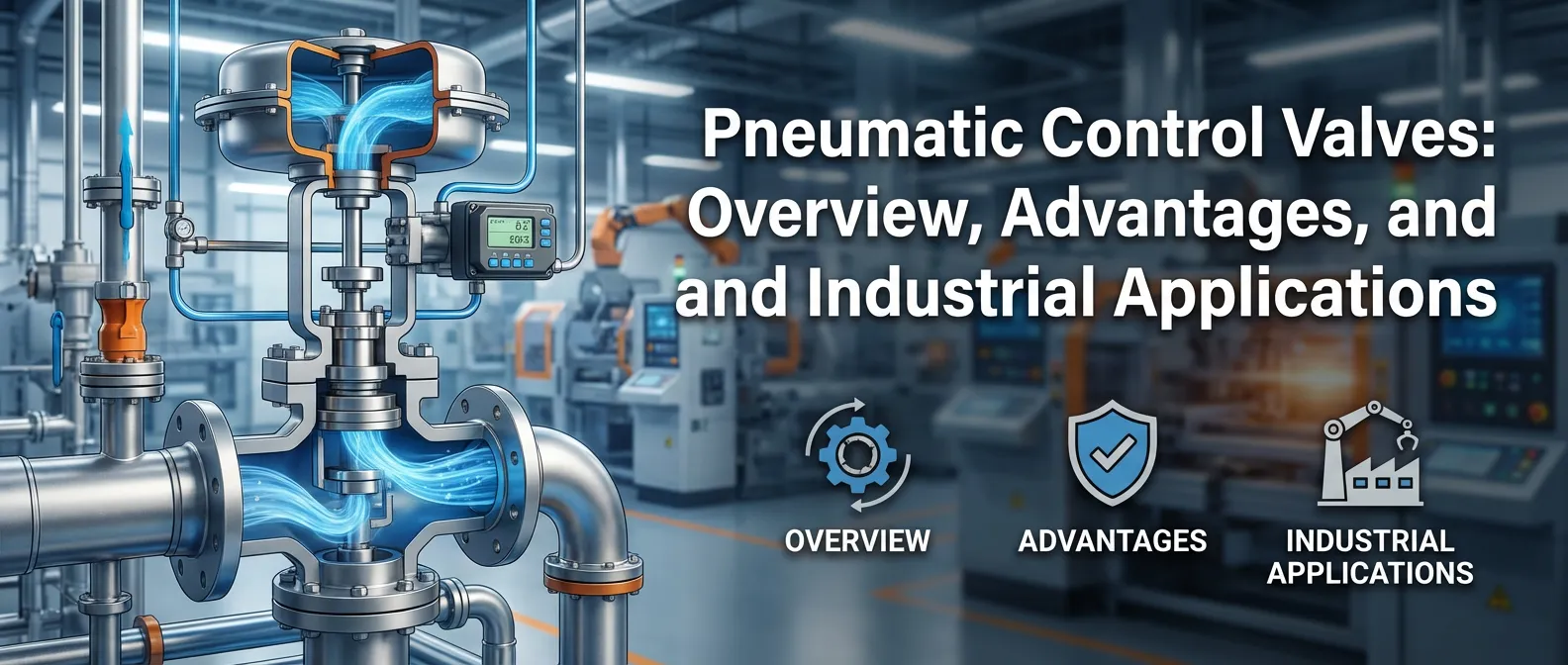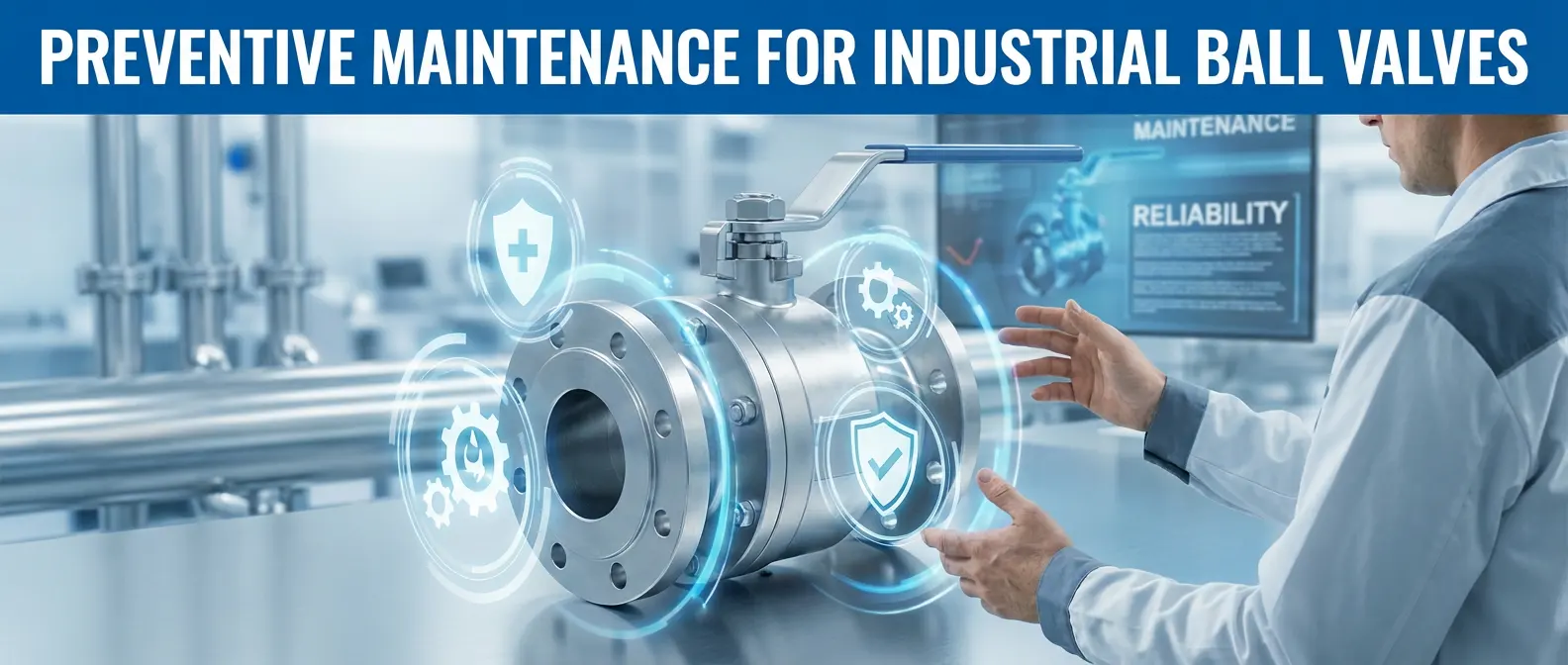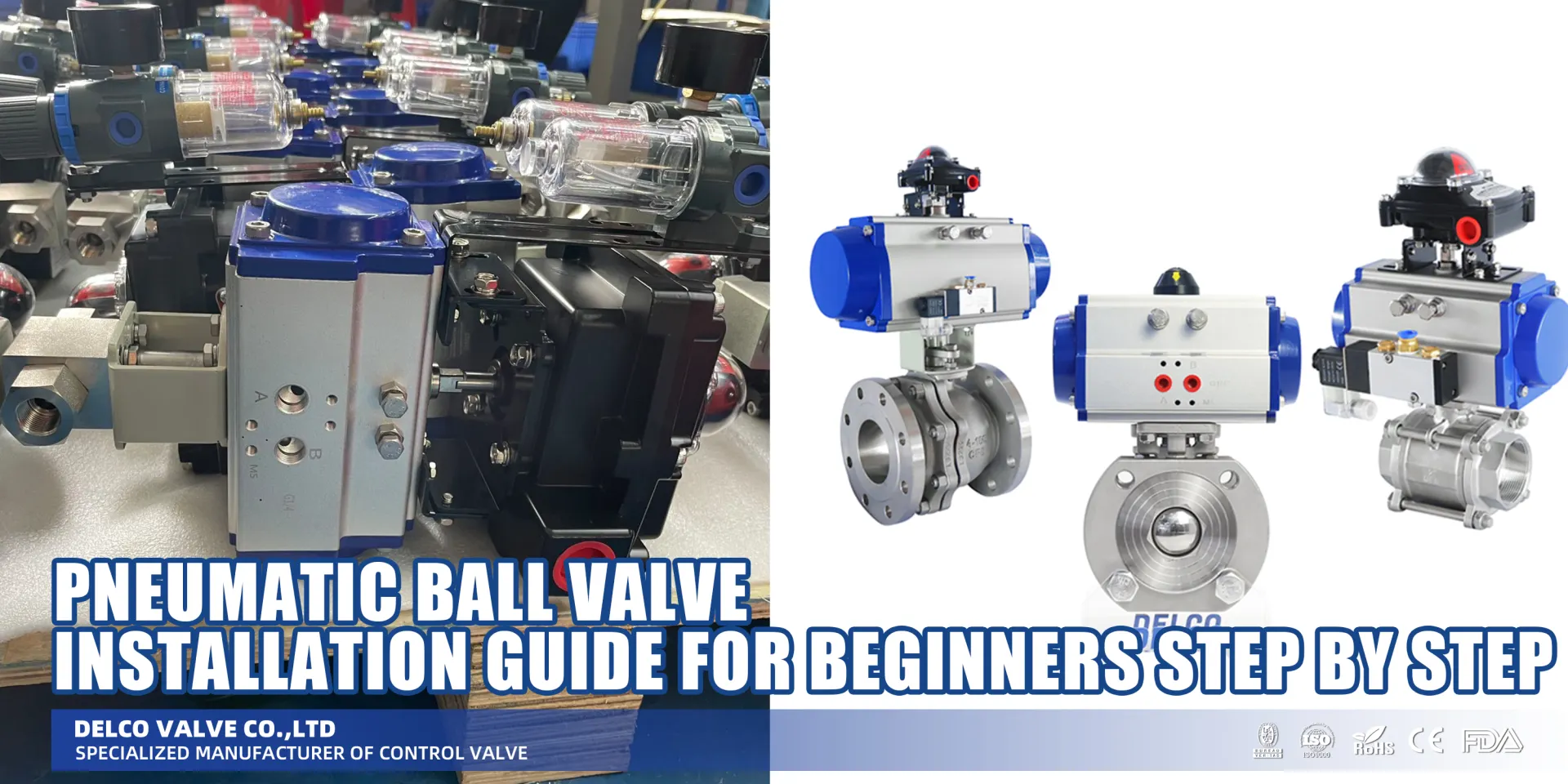What Voltages Are Available for the Actuator?

Different Types of Valve Actuators Working Principles and Benefits
Nov 29, 2025

Pneumatic Control Valves Overview Advantages and Industrial Applications
Nov 29, 2025

Ball Valve Maintenance Guide Preventive Routine Procedures 2026
Nov 29, 2025

Pneumatic Ball Valve Installation Guide for Beginners Step by Step
Nov 29, 2025
Actuators are essential components in a wide range of industries, from robotics to manufacturing, where they are used to convert electrical energy into mechanical movement. Understanding the voltage options available for actuators is crucial to selecting the right one for your application. In this blog post, we’ll explore the various voltage levels available for actuators, helping you make an informed decision for your project.
Understanding Actuators and Their Role
Actuators are devices that provide motion or control in a system. They typically convert electrical energy into mechanical movement, such as rotating a motor shaft or pushing a linear piston. Depending on the application, actuators can be powered by DC or AC voltage.
Common Voltages for Actuators
- Low Voltage (3V - 12V DC)
- 3V-6V DC: These voltages are typically used for small actuators, such as those in hobby robotics, small appliances, or consumer electronics. They are easy to control and generally have lower power consumption.
- 12V DC: 12V actuators are quite common in many industrial and consumer applications. They provide a good balance between power and energy efficiency. These actuators are used in applications like HVAC systems, electric window openers, and even some automotive systems.
- Medium Voltage (24V DC)
- 24V DC actuators are among the most widely used in industrial automation and control systems. They provide higher power and torque compared to lower voltage actuators. Common applications include conveyor systems, industrial machinery, and robotic arms. These actuators are often chosen for their reliability and ability to run on standard power supplies.
- High Voltage (48V DC - 230V AC)
- 48V DC: High-power actuators, such as those used in larger robots, vehicles, or heavy-duty industrial machinery, often operate at 48V DC. This voltage level provides a good combination of efficiency, power, and safety.
- 110V AC or 230V AC: Actuators that run on AC voltage are typically found in heavy-duty industrial machinery, large equipment, and automation systems. AC actuators are particularly useful when a large amount of power is required over longer distances, as AC is more efficient for high-power transmissions.
Choosing the Right Voltage for Your Actuator
When selecting an actuator for your application, consider the following factors:
- Power Requirements: Higher voltage actuators generally provide more power and torque. Ensure you choose an actuator with the appropriate voltage to meet the demands of your system.
- Size and Space: Low voltage actuators are often more compact and suitable for applications where space is limited.
- Compatibility with Power Sources: The actuator’s voltage should be compatible with the power supply available at your location. Many industrial systems use 24V DC, while high-power systems may require AC voltage.
- Efficiency and Control: Higher voltage actuators can be more energy-efficient in specific applications, but they may require more advanced control systems.
Conclusion
Understanding the different voltages available for actuators will help you choose the right one for your specific application. Whether you need a low voltage actuator for a small device or a high voltage one for heavy machinery, the right voltage will ensure optimal performance and longevity of your system. Always consider power needs, size constraints, and compatibility with your existing infrastructure before making a decision.
Contact Us
In This Article

Different Types of Valve Actuators Working Principles and Benefits
Nov 29, 2025

Pneumatic Control Valves Overview Advantages and Industrial Applications
Nov 29, 2025

Ball Valve Maintenance Guide Preventive Routine Procedures 2026
Nov 29, 2025

Pneumatic Ball Valve Installation Guide for Beginners Step by Step
Nov 29, 2025
